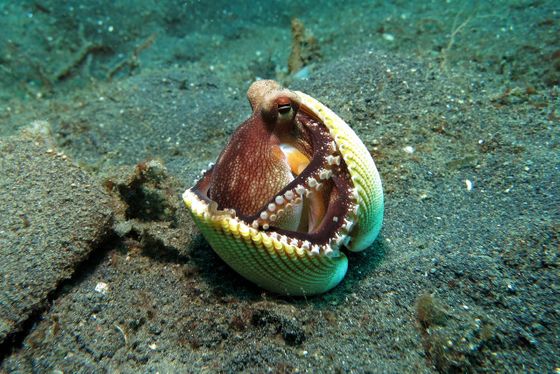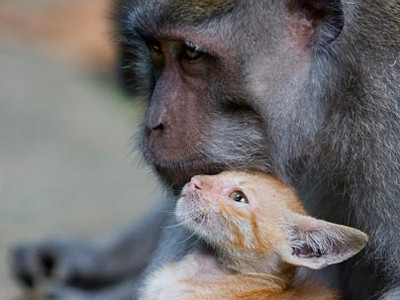If you know the three patterns of how people love others, you can build better relationships.

by
The Guardian , a British newspaper, has compiled a book by psychologists Amir Levine and Rachel Heller that discusses love and summarizes the importance of finding ``three patterns of love.'' Masu.
The attachment secret: are you a secure, avoidant or anxious partner? | Life and style | The Guardian
https://www.theguardian.com/lifeandstyle/2019/nov/05/the-attachment-secret-are-you-a-secure-avoidant-or-anxious-partner
Attachment theory is a theory established in the 1950s by psychologist and psychoanalyst John Bowlby . According to this attachment theory, the way people love others can be divided into several patterns depending on the type of relationship that person built with their parents and guardians during childhood.

by
Delving deeper into attachment theory, Levine et al., in their book Attached , state that ``The attachment patterns that people have are more than just how they communicate; 'Knowing your own attachment patterns will help you build better relationships with your partner.'
According to Levine et al., attachment patterns can be divided into three types: secure, anxious, and avoidant. People with the first 'safety' pattern are positive towards themselves and others, and are able to build stable relationships with any partner. People with this pattern account for 55% of the total. People with the second ``anxious'' pattern place great importance on intimacy, but they often become too dependent on their relationship with the other person. The third type, ``Avoidance,'' is the opposite of ``Anxiety.'' People believe that ``If they become too close to others, they will lose their independence,'' and they dislike relationships that are too close to them. People with anxiety and avoidance patterns account for 20% and 25% of the total, respectively.
Of the three attachment patterns, those who are most likely to have problems are those who are anxious and avoidant. According to Levine, anxious and avoidant people tend to be attracted to each other, but because they have different needs, the relationship doesn't last very long.
Kate McKenzie, a psychotherapist who provides relationship counseling in London, often advises anxious and avoidant couples using the analogy of the octopus and the turtle. . The parable of the octopus and the turtle is that an ``avoidant turtle'' dislikes relationships that are too close and retreats into its shell, while an ``anxious octopus'' who wants to be in close contact will take advantage of the other person's lack of positivity. , the relationship becomes strained.

by Arhnue Tan
``By helping people understand that there are multiple attachment patterns and different stances toward love and what they want from their partners, we can expect to improve relationships,'' MacKenzie said.
Also, in his book, Levine says, ``By being aware of the type of person you are and what you want from a relationship, you can stop being in a relationship that hurts you.'' He expressed the view that in order to build a relationship, it is important to look at yourself before asking for something from the other person.
Related Posts:
in Science, , Posted by log1l_ks







